How Playlists Are Influencing the Future of Music
The way we listen to and discover music is changing, and playlists are central to how we discover and share music.
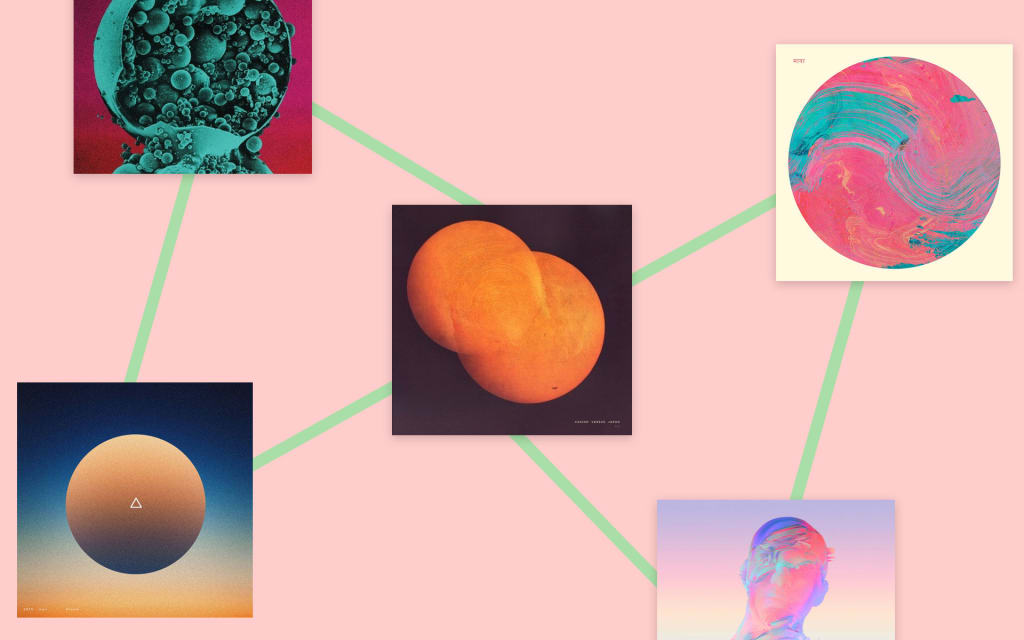
We rarely experience music as a single song. Popular music has always been shared in lists of some kind, whether it be in memorized performances, concerts, albums, radio selections, or sets selected by DJs. With the advent of new music technologies, more people have instant access to music and want to find more all the time. Playlists have become central to the way these users listen to and discover new music, and the element of curation remains, just in a different form. As technologies like Spotify become the norm, this curation has moved to playlists. While many playlists are still selected and promoted by celebrities and music experts, the beautiful thing is that the curation is now often in the hands of the listeners themselves. These lists have taken the form of albums, concerts, radio selections, and sets selected by DJs. Songs have always been arranged into playlists of sorts. Whether it be albums, performances, or radio selections, curation has always been an important part of making music popular, and popular music culture. But with the advent of new technologies like Spotify and Google Play Music, listening to full albums and performances seems to be taking a backseat to listening to playlists. The major difference is that now these playlists are often in the hands of users or the technology-owners themselves.
How Music Changed with Digitization
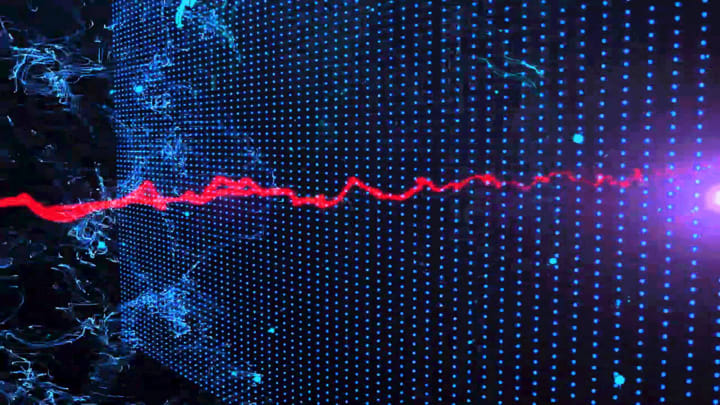
Now that music access is primarily digital for many people, music-lovers gained a whole new level of exposure to music and artists from around the world. We can now get single songs, albums, or collections at the click of a button. In years past, many people did not have this level of choice for their music for a few reasons. Access was one, even if you were willing to pay for music, you might not be able to find what you were looking for, since discovering new music was also a challenge. Many people relied on radio stations alone to provide their music, with little to no control over what they heard and when. Some people turned to creating mix-tapes when it became possible, but this was a time consuming process that only the most dedicated would commit to. Now, people have almost full control over what they listen to and when, and music-lovers find new ways to share and explore with each new technology that is developed.
While the social element of music was not new, the instant access was, and the ability for users to hear exactly what they want, exactly when they wanted it. To make money as an artist, it was always important to find a pop hit. But after the tech behind music took off, there was a slight shift in how music was created and marketed. Artists still made albums, but it was more important than ever that those albums contain some sure-fire hits. Many artists could make money featuring on songs along, and others found value in promoting and advertising related to music streaming.
Music Making and Music Listeners are Changing
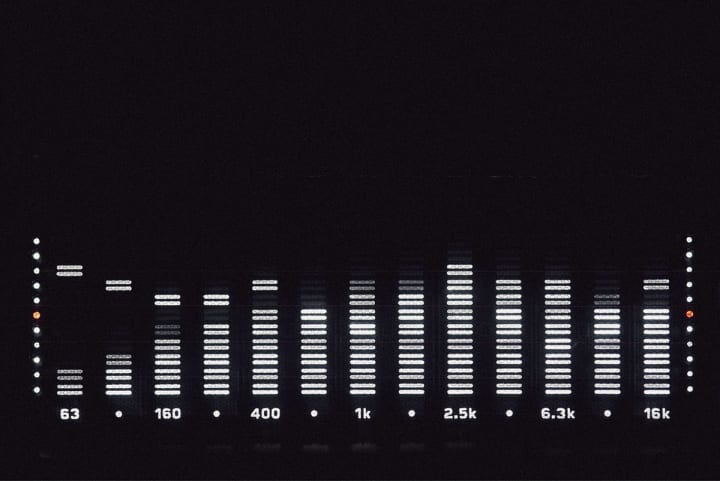
Every time we create a new playlist on a service like Spotify, we are feeding data into a system that is intended to match users with the music they’ll love. You linking your favorite songs to workout to or your favorite one-hit wonders is an act that, on its own will make each of those songs more discoverable for other users, and impacts the way they are found.
Many people actually create playlists with the purpose of sharing them with other users, and this has become a source of discoverability in and of itself. Like radio DJs, these people who compile playlists become tastemakers for others. They test the waters, sample it all, and find the best of the best. Over time, their audience develops trust and these curators can become important to different genres of music, and even be paid to help market new bands and new sounds.
As more and more sources of music and music tastemakers emerge, the market is fragmented. Where there used to be a few radio stations that would create hits throughout North America, there are now thousands of places that people turn to to stream or purchase music. As digital access to music expands, there are many young users who rely wholly on playlists from their friends and content providers to source their music. This has influenced music in one major way: there are rarely full albums, or more than one song or two by a single artist featured on a playlist. As a result, music production, and the most profitable releases, actually come from hit singles. Artists are absolutely still creating albums, but it can be more lucrative today than ever to come up with a couple of hits than a string of successful albums. Discovering a new artist today will sometimes lead to liking a few of their hits, but less often will someone immediately buy a whole album of their songs.
Playlists have become part of the marketing machine. Anyone who uses any popular streaming service knows that there are built-in playlists, based on mood, activity, time of day, or holiday available in your app or program. This means that playlists have become part of the music marketing machine, and that promoters and labels will often pay huge amounts of money to have their artists featured among the most popular of the day.
Few streaming services will give out a complete breakdown of why they feature songs on their home pages, but user-date certainly helps drive what they will feature and when. It is in the best interest of these services to get better at predicting music taste, since the more their users enjoy it, the more of a steady pay-base they have. Social gatherings tend to center around themes, and playlist making makes this easy.
The Beauty of Playlists
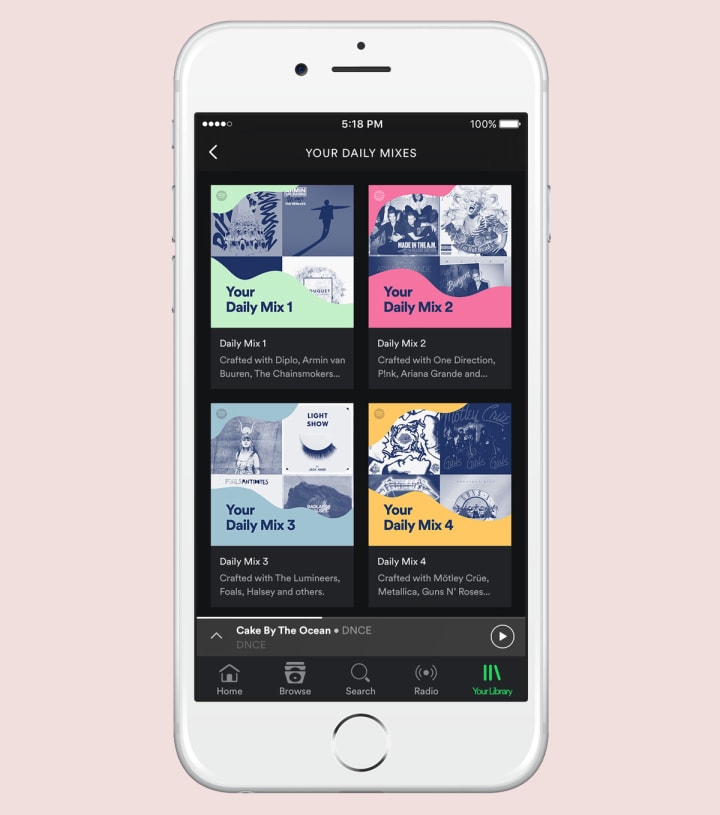
Playlists can be an amazing thing for both artists and listeners. For example, it can still be hard for an indie or experimental musician to “make it,” but there are opportunities for promotion that creative bands can take advantage of. What is exciting is that there are many playlist curators dedicated purely to helping people discover new indie bands, new genres, and emerging artists.
So while the game hasn’t changed completely, it is clear that playlists are influencing the way we all listen to music, and ultimately the way music is being created for us. More than ever, music-makers have instant access to user data and have found new ways to give us what we like, and that ultimately benefits pop hits and may prevent us from discovering everything our favorite artists and genres have to offer. It is an amazing time to be a music-lover, and we have so many options for finding content. Be sure to explore different playlists from your friends, from your music services, and from specialist curators, and you’ll be getting the most out of what they have to offer. We can’t avoid the impact that playlists are having on music, but you can make sure that you get the most out of them.
About the Creator
Adam Quinn
Music student and proud Chipotle fanatic. Playing local shows and writing his own music between classes and burritos.




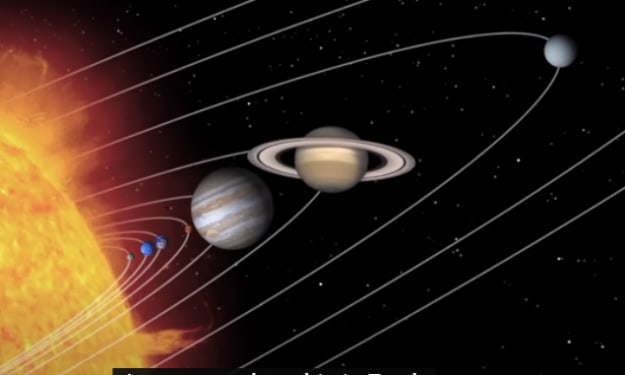

Comments
There are no comments for this story
Be the first to respond and start the conversation.